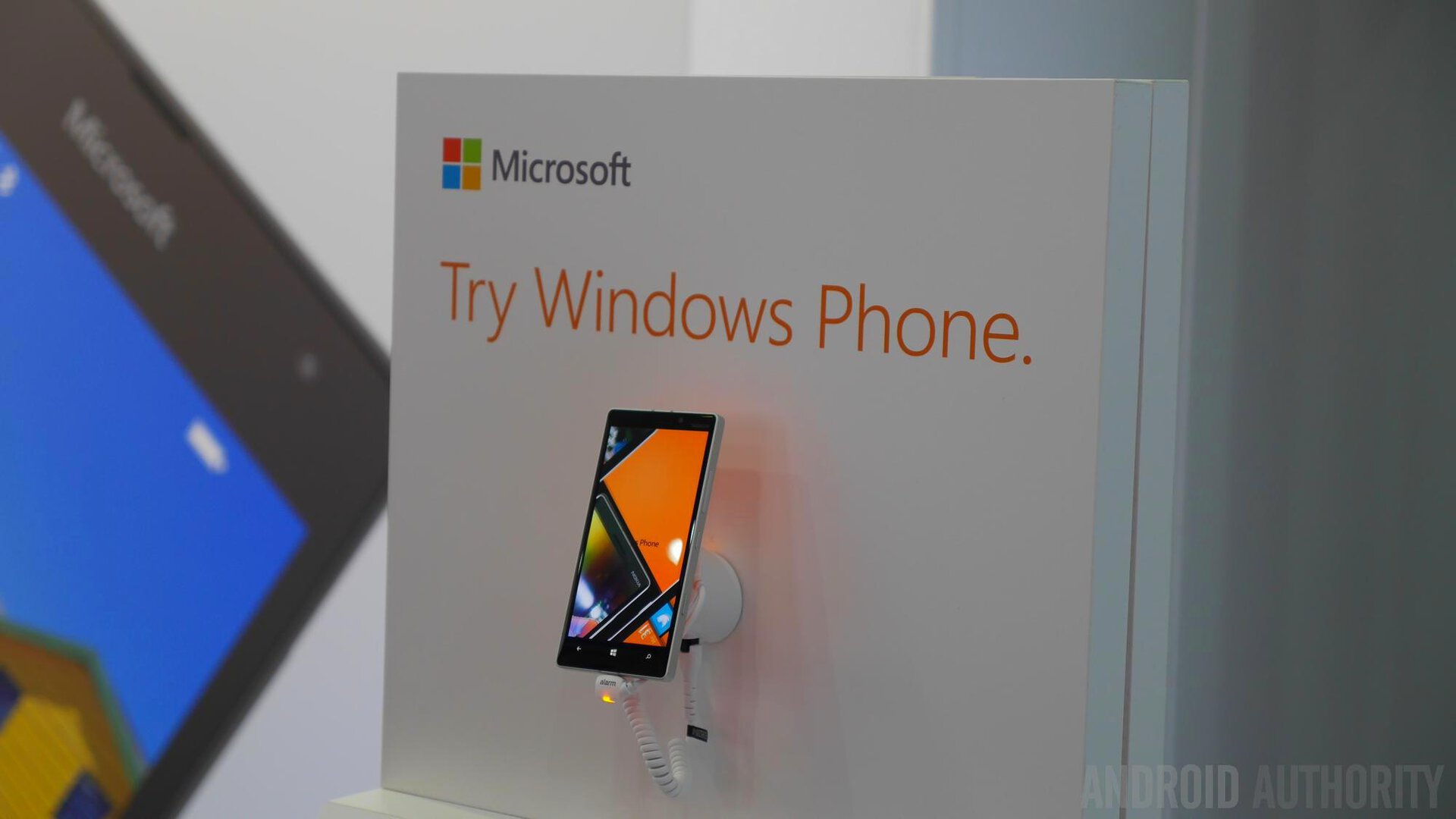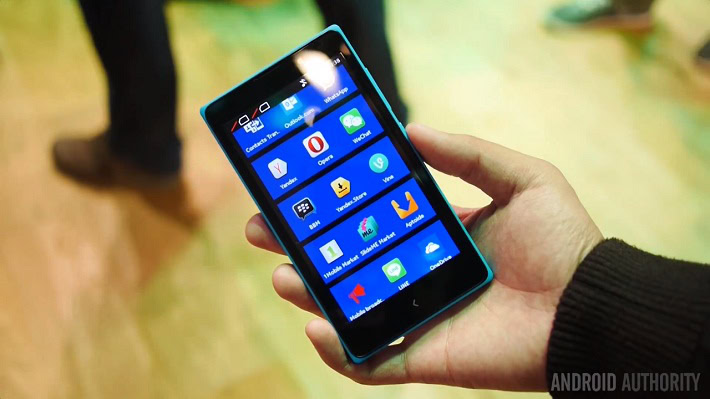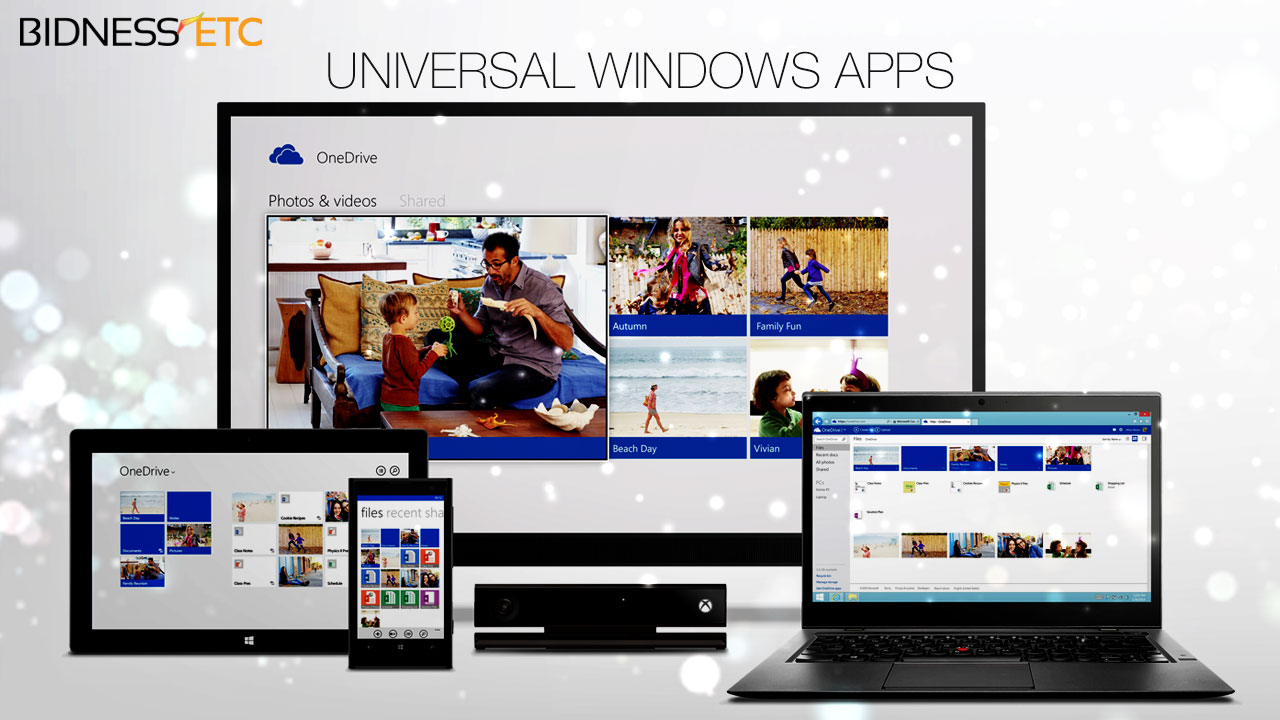Affiliate links on Android Authority may earn us a commission. Learn more.
Has the mobile ship sailed for Microsoft?

Microsoft‘s failure to tackle Android and iOS in the smartphone scene has confounded a lot of analysts. How can a company so firmly entrenched in computing, with plenty of cash, talented developers, and strong brands, consistently fail to make gains in mobile? Microsoft’s lack of success in mobile has plenty of causes, and they aren’t much to do with the actual OS.
According to IDC, Windows Phone managed a 2.7% share in the first quarter of 2015, compared to 78% for Android, and 18.3% for iOS. It’s an unimpressive figure that hasn’t shifted that much over the last few years. In Q1 2012 the share was 2%, it reached 3.2% in Q1 2013, but momentum wasn’t sustained, and it was back at 2.5% in Q1 2014.
If you’ve used Windows Phone, then you’ll know that it’s not bad software. It’s broadly similar to Android and iOS in terms of features and functionality. So, why isn’t it doing better, and is it too late for Microsoft now?
Failure to capitalize
struggling to make a dent
If we rewind to pre-Android days, we find that Microsoft’s Windows Mobile platform had a 12% share of the smartphone market in 2007, ahead of RIM, and second only to Symbian, according to Gartner. By 2008 the rise of the BlackBerry left Microsoft in third, and the decline of Symbian was well underway, but Microsoft still had 11.8% of the market, though it was a comparatively tiny market back then.
By the end of 2010, Microsoft had rebooted its mobile strategy with Windows Phone 7, and both Android and iOS had leapfrogged it in the market share charts. Gartner’s figures in the final quarter of 2011 gave Microsoft just 1.9% of worldwide smartphone sales. It has been struggling to make a dent ever since.
Why has Windows failed to take off on smartphones?
Microsoft was slow to reinvent itself on mobile. It had initially found itself on smartphones via the PDA route, and the shift to a touchscreen-friendly platform, designed specifically for the new devices proved tricky. Even Google had doubts about a future without physical keyboards. Microsoft did catch on before RIM, but it has continued to make serious blunders. There are lots of reasons why Windows Phone hasn’t taken off, from the hardware, to the repeated reboots, to the poor marketing, to the lack of apps.
Android’s strength has been its diversity. A wide range of different manufacturers making all kinds of devices for the platform is sure to attract a broad audience. The marketing effort has been joint, with Android manufacturers and Google all doing their bit. Apple has been the polar opposite, tightly controlling an experience that it can ensure is positive.
Microsoft has flip-flopped around
Microsoft has flip-flopped around. Taking the negatives from each approach with few of the positives. It has failed to attract a broad partnership of hardware partners. It dictated hardware specs, but didn’t build its own smartphones (until it acquired Nokia). It has failed to woo app developers. It hasn’t offered any consistency with marketing messages. It never figured out a way to benefit from the Xbox brand in gaming and tie that into its mobile offering.

When it rebooted WP7 and revealed that WP8 wouldn’t work on WP7 hardware, and that the apps would not be backwards compatible, it effectively betrayed the adopters it did have and immediately killed WP7 device sales. Microsoft has run into exactly the same update problems with carriers as Google has. It has already said that WP8 and up devices will be eligible for Windows 10 upgrades, but the carriers will decide whether and when those devices get them.
Another puzzling aspect of Microsoft’s mobile strategy has been the strict adherence to the budget and mid-range end of the market. Maybe that was determined to be the easiest way in, but in the face of wave after wave of budget Android devices, it looks to have been a poor decision. Where’s the smartphone for power users and high spec lovers on Windows Phone? What can it offer up in the face of the latest iPhone or Galaxy S?
Falling further behind
As Android and iOS mature as platforms they’re looking to expand their reach beyond smartphones and tablets. Look at Chevrolet’s plans for Android Auto, Apple CarPlay, or Sony’s Android TVs, for example. Then there are payment solutions, streaming music services, and the app gap. Developers create apps and games for Android and iOS, many don’t see the value in porting to Windows Phone, and, even when they do, the experience is often lacking by comparison.
All of these things boost the perceived value of Android and iOS. The more cross-compatibility or and choice there is of hardware and software, the more Windows looks like a bad bet for consumers.

Will Windows 10 be different?
It doesn’t really look like Windows 10 is going to be very much different from Windows Phone 8 in terms of functionality. There are a few improvements and new features, but the headline is probably Microsoft’s jewel in the crown – a full-featured version of Microsoft Office. Is that going to sell smartphones? Probably not.
The slim hope that Windows 10 represents is the idea of a unified experience across devices. Your smartphone can act as a PC. You can potentially run the same software on your smartphone, your tablet, your PC, and your Xbox. But you’ll need to buy Windows versions of all your devices to experience that unification. There are definitely attractions to this idea, but there are pitfalls too.
Software that’s tailor-made for the device it’s running on tends to offer a better user experience. How many people actually want their smartphone to be able to act as a PC? It’s just not clear that this is the magic bullet Microsoft thinks it is.

Microsoft’s position
There’s no question of Microsoft disappearing any time soon. Just to give the doom and gloom in the mobile market some perspective, let’s jump back to Gartner for some more numbers. It predicts worldwide shipments of traditional PCs to be 259 million this year, falling to 248 million next year, that’s 321 million and 333 million respectively, if we include other PC device types and most of them will run Windows.
Missing out on mobile could prove to be the most expensive mistake Microsoft ever made
It sounds like a lot, but that compares to 233 million tablets, and 1.906 million smartphones this year, predicted to rise to 259 million tablets and 1.969 million smartphones next year. Missing out on mobile could prove to be the most expensive mistake Microsoft ever made.
Sales in mobile have been going up for Microsoft, but, even in a growing market, share has been dwindling. Windows 10 has an awful lot of ground to make up, and as Microsoft falls further behind in mobile, the danger is that it gets stuck in a negative feedback loop – fewer customers means fewer developers and manufacturers, which means fewer customers. Maybe it’s already there.